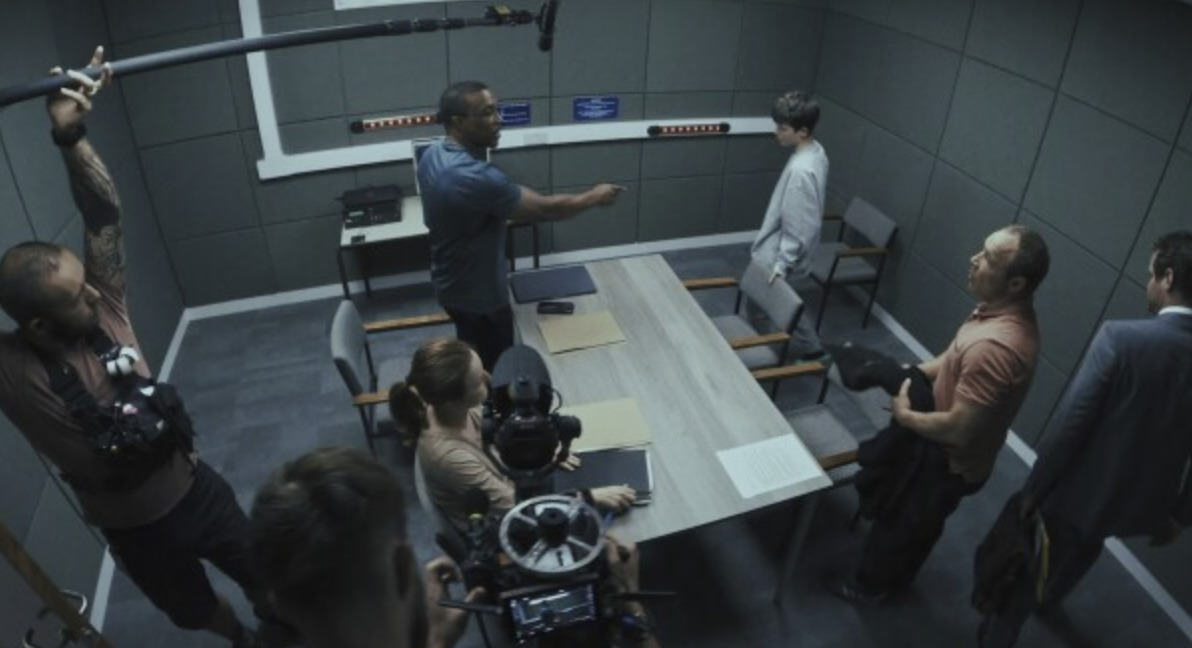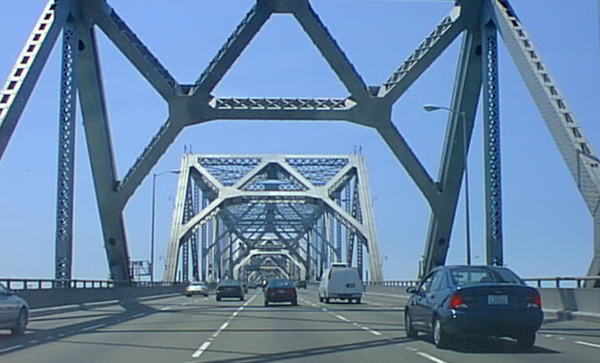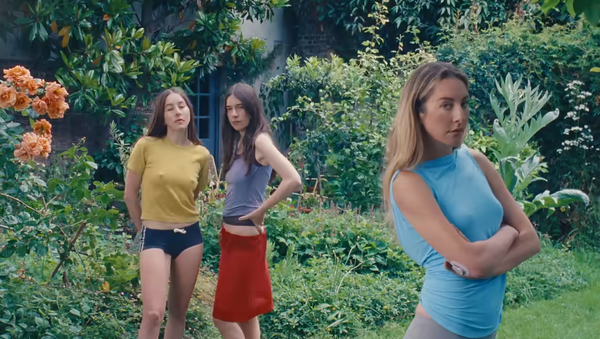The wonder of oners

If you've seen the Netflix miniseries Adolescence (or maybe if you've just heard about it), you're probably well aware that each of the four episodes was filmed in a single, continuous take (or made to appear as if it was). The director, Philip Barantini, has made "the oner" (pronounced "one-er," for those of you prone to remembering That Thing You Do! every time you see the word "one" written out) something of his trademark, and for good reason. His debut film, Boiling Point, was also filmed in one take, and also starred Adolescence lead and co-creator Stephen Graham.
Alan Sepinwall recently discussed the ubiquitousness of the oner in prestige television these days, but I wanted to get a bit more into the weeds about what it means to write a piece of visual media intended to be filmed in one take (or made to appear as if it was). The two big single-take prestige television moments of the past decade are probably The Daredevil Hallway Fight and the unbroken take in the first season of True Detective. Since then, the oner has become increasingly more common, and often more elaborate.
I wrote about the fight in the first episode of Daredevil: Born Again, and how it may have finally shaken that franchise free of the ghost of The Hallway Fight, partly because of how good it is, and partly because it tried to do something different by moving through a lot of different environments, compositions and set pieces as the combatants moved from a ground-floor bar up to the roof of a residential building. The sets and thresholds allowed for frequent masking where the multiple shots were stitched together to create the illusion of a oner. That's a great trick, and I don't begrudge it. Even arguably the most famous single-take experiment, Alfred Hitchcock's Rope, used in-camera cuts where the camera zoomed into a character or someone passed in front of the camera. (Hitch likely would have tried to make it one shot for real, had the film cameras of the age had the spool capacity to contain 80 minutes of stock at one time, rather than approximately 12 minutes.)
Very little of that, if any, appears to be happening in Adolescence, and I tip my hat to the craftsmanship involved there, both from a screenwriting standpoint and a logistical one.



